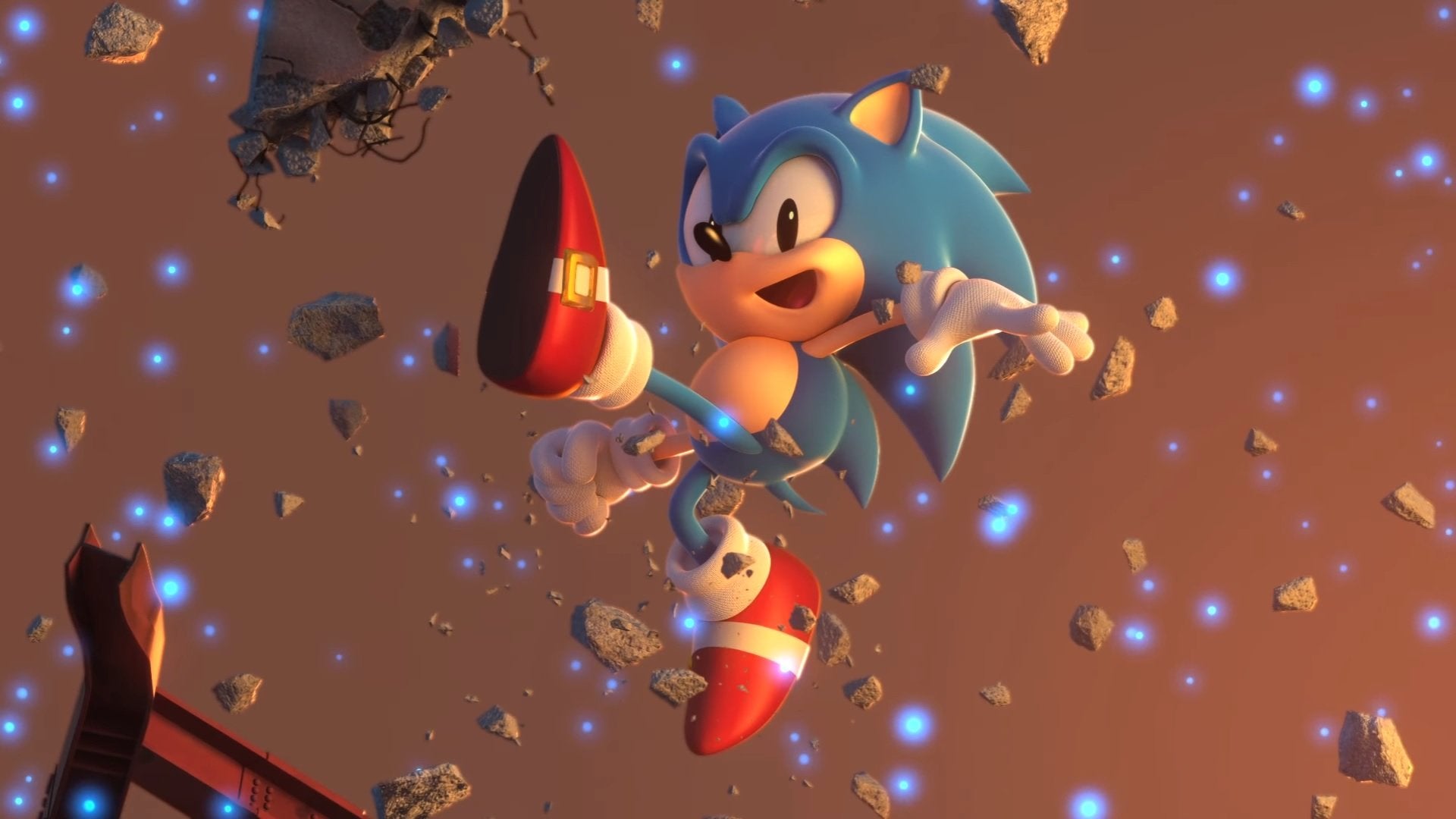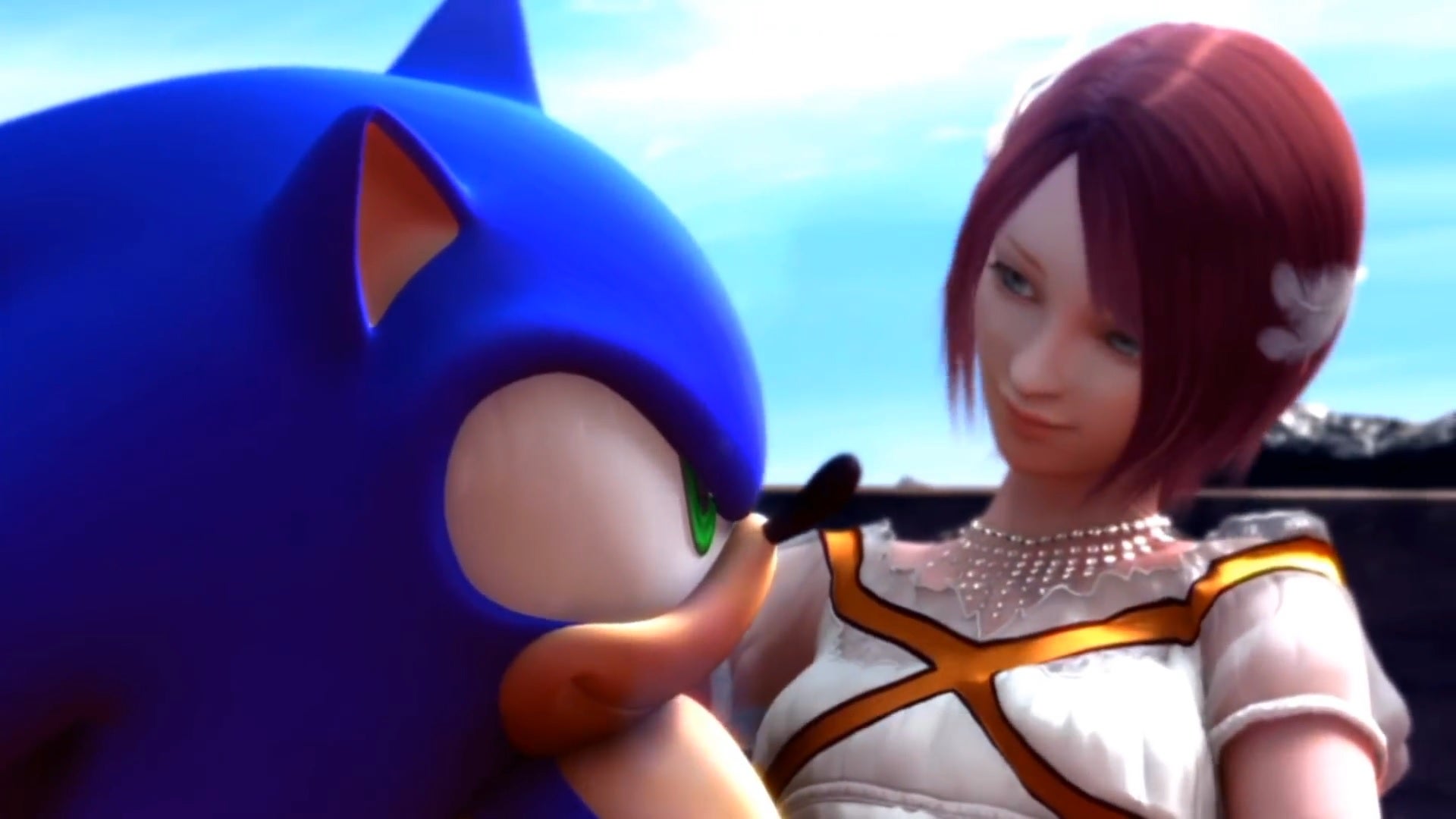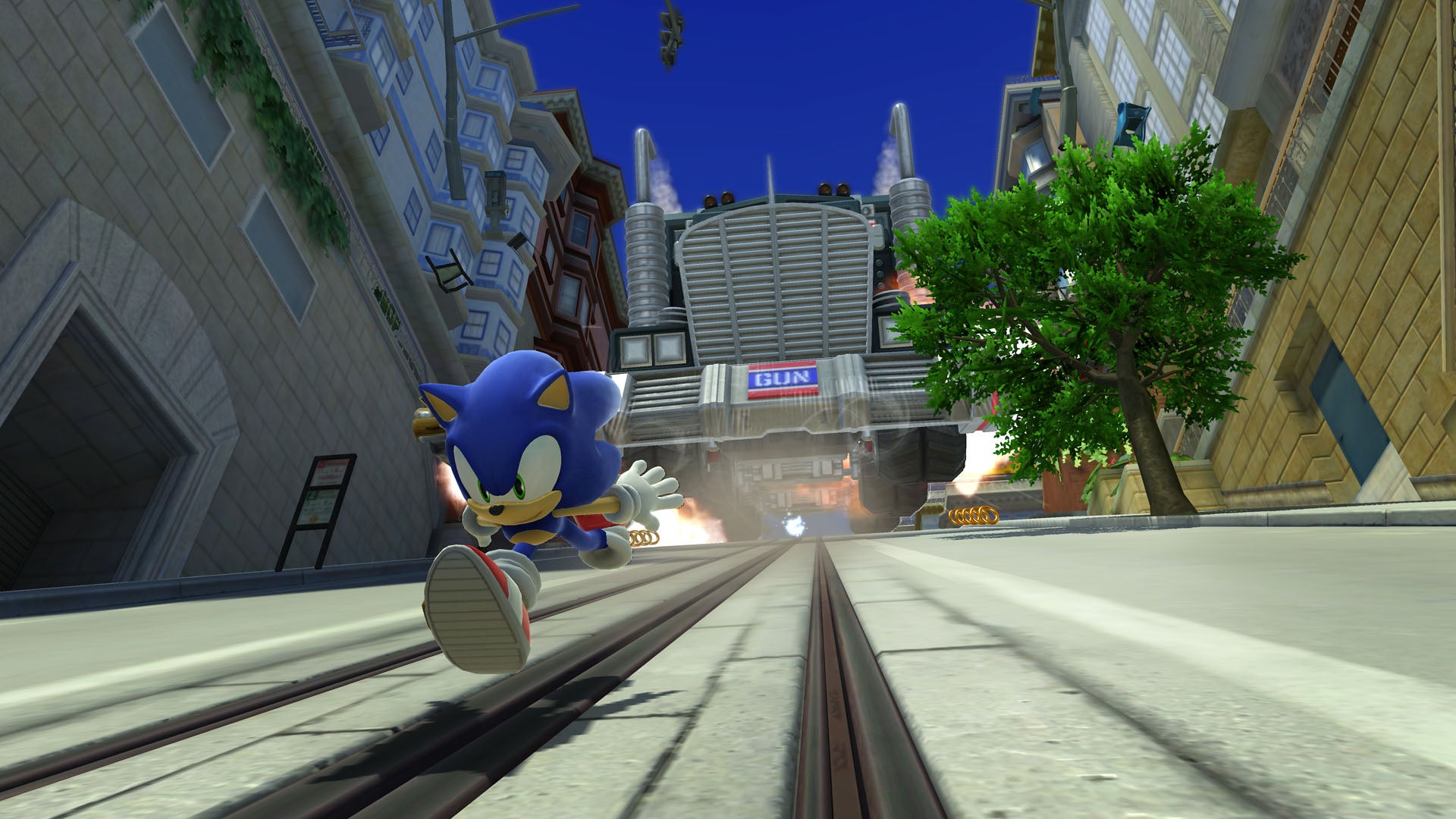The more I think about about it, Sonic Generations’ respect for the entire franchise shouldn’t be forgotten in Sonic Frontiers, either. The upcoming game from Sega, due for a 2022 release, will see the series forgo its traditional design in favour of an “open-zone-inspired” revamp. Generations managed to show off the best bits of the series’ mixed history by focusing on the core of Sonic’s design: making the most of your quick-fire reactions and rewarding you with smooth momentum and lightning fast platforming. Frontiers should embrace these elements, too. Going open world is undoubtedly going to lead to some changes, as the level design and movement mechanics (two of the things that make up a good Sonic game) will enter a whole new environment and set-up. Frontiers needs to do better than the hub world of the Sega Saturn’s Sonic Jam – which is the closest thing we can think of to what Frontiers is going for, at the moment. But if Frontiers can ‘pull a Breath of the Wild’ and fully realise the dream of a decades-long series – which, in Zelda’s case, was embracing exploration and discovery – we may just have the best Sonic game to date on our hands. For now though, Sonic Generations will have to do. Picking the most delicious morsels from every major entry in the Sonic series up to its release in 2011 is Generations’ biggest strength: you can be running through the ruined future of Sonic ‘06 one minute, only to then find yourself fighting Sonic Adventure’s Perfect Chaos as Crush 40 shreds your ears the next. And it all works. It really works. The frenetic and complete feeling Generations manages to achieve as a compilation game is helped by how every Sonic project referenced by Sega in the title is given the same level of importance as you play through the blue blur’s history. So whilst you could argue that cherry-picking parts of each game glazes over the lows of Sonic’s history, the end product looks more like a ‘Greatest Hits’ album, where even the less-favourable records get a look-in and remind you that ‘hey, some of it slaps’. We all have a favourite Sonic game, and a favourite Sonic moment: I adore the exact millisecond in City Escape when Sonic hits the ground and the music kicks in. The best part of Sonic ‘06 is when Shadow roundhouse kicks Silver in the back of the head, and that’s nowhere to be found in Generations. So not all the gems made it through the filtering process (pun intended). But Sonic Generations wouldn’t be what it is if it was just flashes of these iconic stages. But on the flipside, just copy and pasting some of the rapid hedgehog’s worst appearances wouldn’t have worked either; the trick with Generations is how it brings everything – including 2D and 3D Sonic – into a game that modernises each title and unifies them into its gameplay. Generations is an incredibly well built Sonic game; the 2D levels feel like they’ve been ripped out of the Sega Genesis with their tight jumps and focus on momentum, and the boost mechanic and perspective shift in the 3D levels actually works better in Generations than it did in some of the dedcicated 3D games. Long gone are the days of clipping through the floor in Emerald Coast, or hearing Tails make that god-awful shriek when he’s carrying his mates like they’re a totem pole. Yes, all of the unique mechanics in games like Sonic Unleashed and Sonic Adventure are gone – but this allows only the best parts of each title to bubble to the surface, and they’re all bolstered by Sonic Generations giving them a unifying control scheme and making them all, simply, feel good to play. Sripping back some of the gimmicks lets you, instead, look at the level design and say “hey, there are actually some nice ideas in here”. You just didn’t see them the first time because you were so upset that Sonic, the hedgehog, was clearly trying it on with a human woman. Stick with me for this next part, as it may upset some fans, but what I’m saying here is the only way I can sufficiently illustrate my point: the Sonic Heroes stages in Generations are some of the best. Yes, Sonic Heroes is shit. It is buggy, it repeats levels, it has awful writing (which is really saying something in Sonic game), it is built around shallow team-based mechanics, and it has levels that can last 40 minutes. Despite all that, though, the Sonic Heroes stages in Generations are incredible. Genuinely phenomenal. Blending the best parts of the original 2003 game with the strong gameplay Generations offers by the bucketful, these levels are reborn in the 2011 game. Seaside Hill and Ocean Palace’s theme songs are certified bangers, and the unique aesthetic of the original levels absolutely holds up almost two decades later. Hell, I could say that about most of Sonic Heroes. And I will. Yes, Sonic Heroes is awful in parts. But in forcing Heroes to agree to the terms set out in Generations’ gameplay, the latter can let the best parts of the former shine through. Is it weaponised nostalgia? Probably. But I’d rather that than suffer through the original Sonic Heroes any day. Going back-to-basics and just having classic 2D and 3D gameplay instead of the series’ previous gimmicks raise their ugly heads means Sonic Generations can confidently cast the one-and-done experiements aside, in favour of what worked in the more popular games. Generations does a great job in reminding you why you fell in love with Sonic in the first place (and not in a DeviantArt kinda way, either). What Sonic Generations gets right, then, is bringing all the games together – no matter their reception and quality – even if it is oftentimes absolutely senseless. It takes the same approach as the 30th Anniversary Symphony from last year by having the whole history of the franchise shoulder to shoulder – even if some of the games don’t necessarily deserve it. Looking forward to Frontiers, Sega could just as easily pull in aspects from all the games to help make its open world feel more unified; maybe we’ll see something from Sonic Adventure here, a path from Heroes there. The nods to the series’ history could even be as simple as hearing a Sonic Mania track as you wander into a new zone, or clocking the burned-out remains of the Mean Bean Machine as wander off the beaten path in the game’s inevitable final dungeon. Sonic Team has outright said that it wants next year’s Sonic game ’to be as influential as Sonic Adventure’ – what better way to do that than draw on the series’ complicated past to build the foundations for a whole new era in the future? By leveraging Sonic’s history indiscriminately, Frontiers may just have what it takes to come out from under Generations’ shadow.


